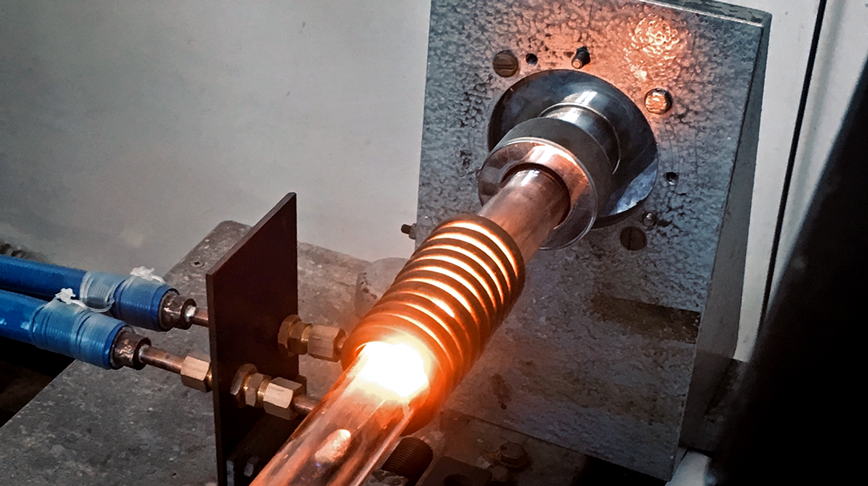Elastic "memory" metal achieved without relying on heat

Elastic metal alloys are able to “memorize” their previous form after being subjected to temperature change. Now a new alloy has been developed which becomes elastic at room temperature.
Researchers at KTH Royal Institute of Technology, working with researchers in China and the U.S., have developed an alloy consisting of nickel, gallium, cobalt and iron that could serve a variety of high-performance engineering applications, ranging from deep-space and deep-sea exploration to intelligent robotics. These require metallic components with the ability to undergo large, reversible deformation over a broad range of temperature.
Levente Vitos, professor in material science at KTH, says that the new super elastic alloy material can expand and contract up to 15.2 percent of its original shape. The elasticity relies very little on temperature change, and shows superelasticity over a range of 300 kelvins.
The super elasticity is based on what is scientifically called martensitic transformation – a geometric redistribution of the atoms without drastically moving farther away from each other.
Vitos says the new research may lead to new functional materials. The work was a collaboration with researchers from Chinese and U.S. research institutions: University of Science and Technology Beijing; Beijing Institute of Technology; Oak Ridge National Laboratory, Tennessee; and Argonne National Laboratory, Illinois, U.S.
“The next step in the work is to let different stakeholders continue to work with this knowledge and material design, such as the steel industry, Vitos says.
Text: Peter Ardell/David Callahan
Chen, H., Wang, Y., Nie, Z. et al. Unprecedented non-hysteretic superelasticity of [001]-oriented NiCoFeGa single crystals. Nat. Mater. (2020). doi.org/10.1038/s41563-020-0645-4
